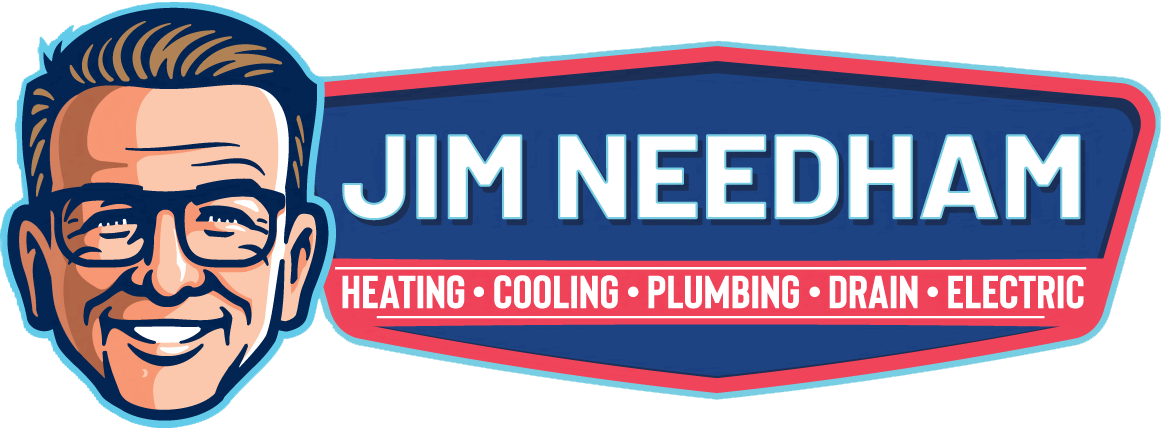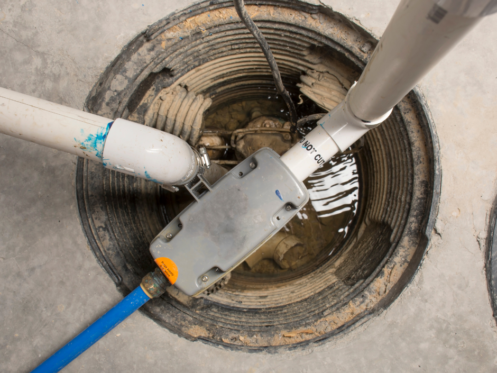When it comes to keeping your home’s lower levels dry and functional, two essential tools often come into play: the ejector pump and the sump pump. While they may sound similar, these pumps serve distinct purposes and are critical for different tasks. In this blog, we’ll break down the differences, explain when you might need one over the other, and discuss the importance of sump pump repair and sump pump installation.
What Is a Sump Pump?
A sump pump is a crucial piece of equipment designed to prevent basement flooding by removing water that accumulates in a sump basin. The basin is usually located in the lowest part of your home, such as the basement or crawl space. When excess water collects—typically due to heavy rain, a high water table, or poor drainage—the sump pump activates and pumps the water out of your home and away from the foundation.
The primary purpose of a sump pump is to safeguard your home against flooding, especially in regions with heavy rainfall or high water tables. Without this essential system, water damage can threaten your foundation, flooring, and personal belongings. Both submersible and pedestal sump pumps are available, catering to different installation and noise-level preferences.
Regular maintenance is essential to keep your sump pump functioning efficiently. If your pump isn’t performing as expected, sump pump repair may be needed to avoid water damage. In some cases, sump pump installation may be the best solution for replacing outdated or faulty equipment.
What Is an Ejector Pump?
An ejector pump, on the other hand, is designed to handle wastewater and solid waste. It is commonly used in homes with bathrooms or laundry rooms located below the main sewer line, such as in basements. Because gravity alone can’t move the waste to the main sewer, an ejector pump steps in to push it uphill to the sewer or septic system.
These pumps play a vital role in maintaining sanitary conditions in your home, especially when dealing with below-grade plumbing fixtures. By efficiently moving waste to the proper sewer line, ejector pumps prevent backups and ensure smooth drainage. A sealed basin and a check valve are key features, helping to contain odors and block backflow.
If you notice foul odors or slow drainage, it’s time to have your ejector pump inspected by a professional. Routine maintenance ensures it continues to perform optimally and protects your home from messy and costly plumbing issues.
Differences Between Ejector Pumps and Sump Pumps
Understanding the differences between ejector pumps and sump pumps is vital for homeowners to ensure they have the right equipment for their needs. The main distinction lies in their purpose: sump pumps remove excess groundwater to prevent flooding, while ejector pumps manage wastewater and solid waste from below-grade fixtures.
Sump pumps are typically installed in open sump basins, while ejector pumps are housed in sealed basins to manage sewage. Additionally, sump pumps may not require check valves, whereas ejector pumps always include them to prevent backflow. Both are indispensable for their respective tasks, ensuring a safe and functional home environment.
Do You Need Sump Pump Repair or Installation?
Since sump pumps are often your home’s first line of defense against water damage, ensuring they are in good working condition is crucial. Unusual noises, frequent cycling, or failure to activate during heavy rain may indicate a need for sump pump repair. Modern sump pumps come with advanced features, offering better protection and reliability for homeowners. If your current pump is outdated, a new sump pump installation can provide peace of mind and improved performance.
Choosing a professional for installation ensures your sump pump is properly sized and placed for maximum efficiency. This step protects your foundation and ensures you’re prepared for the next heavy rainfall.
When to Consider Ejector Pump Maintenance or Replacement
While ejector pumps are built for longevity, they require occasional maintenance to perform their best. If you experience slow drainage or detect unpleasant odors in your basement, these could be signs of a malfunctioning ejector pump. Prompt attention to these issues can prevent more severe problems, such as sewage backups or plumbing damage.
Replacing an aging or inefficient ejector pump with a modern model ensures your home’s plumbing system remains functional and sanitary. Professional plumbers can guide you through the process, from diagnosing issues to selecting the right replacement.
Maintenance Tips for Pumps
Both sump pumps and ejector pumps benefit from routine maintenance to ensure long-term reliability. Testing your sump pump regularly, cleaning the basin, and inspecting discharge lines for blockages can extend its lifespan. Similarly, ejector pumps require occasional inspections of their sealed basins and check valves to maintain proper operation. Enlisting a professional plumber for annual maintenance can save you time and stress while ensuring optimal performance.
Trust Jim Needham Heating Cooling Plumbing & Drain for Your Pump Needs
Whether you’re comparing an ejector pump vs. sump pump or dealing with an urgent plumbing issue, Jim Needham Heating Cooling Plumbing & Drain is here to help. We specialize in sump pump repair and sump pump installation, ensuring your home stays dry and protected. Our experienced team can also assist with ejector pump maintenance and replacement, providing comprehensive solutions for your home’s plumbing system.
Contact Us for Expert Plumbing Services
If you’re experiencing issues with your sump pump or need professional advice on which pump is right for your home, contact Jim Needham Heating Cooling Plumbing & Drain today. We’re here to handle all your sump pump repair and sump pump installation needs, ensuring your home remains safe, dry, and functional for years to come.


